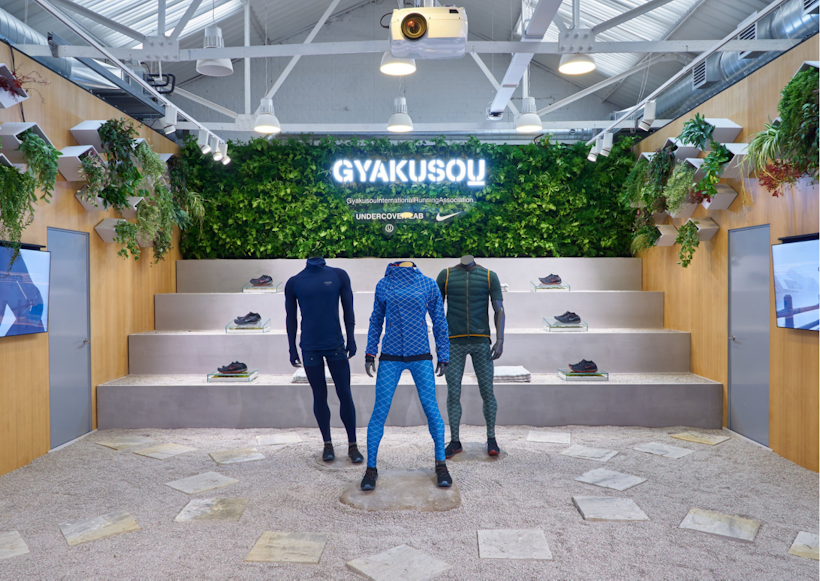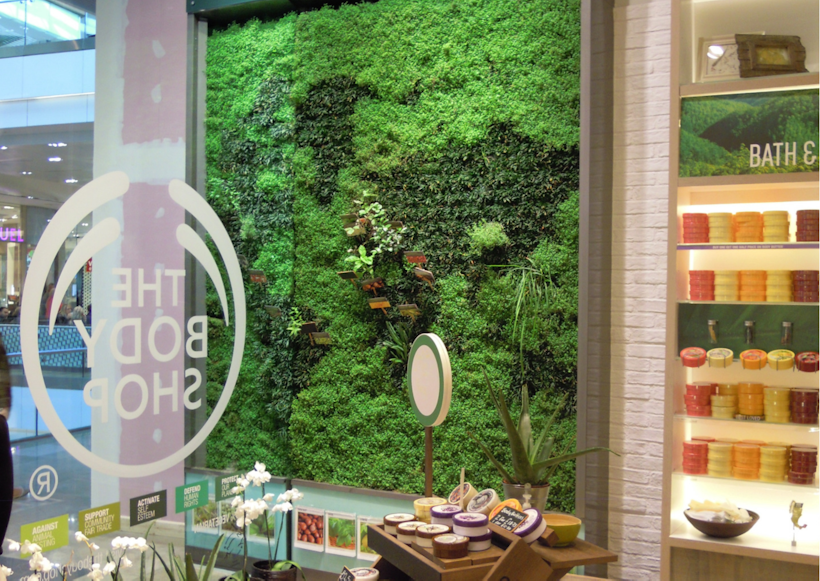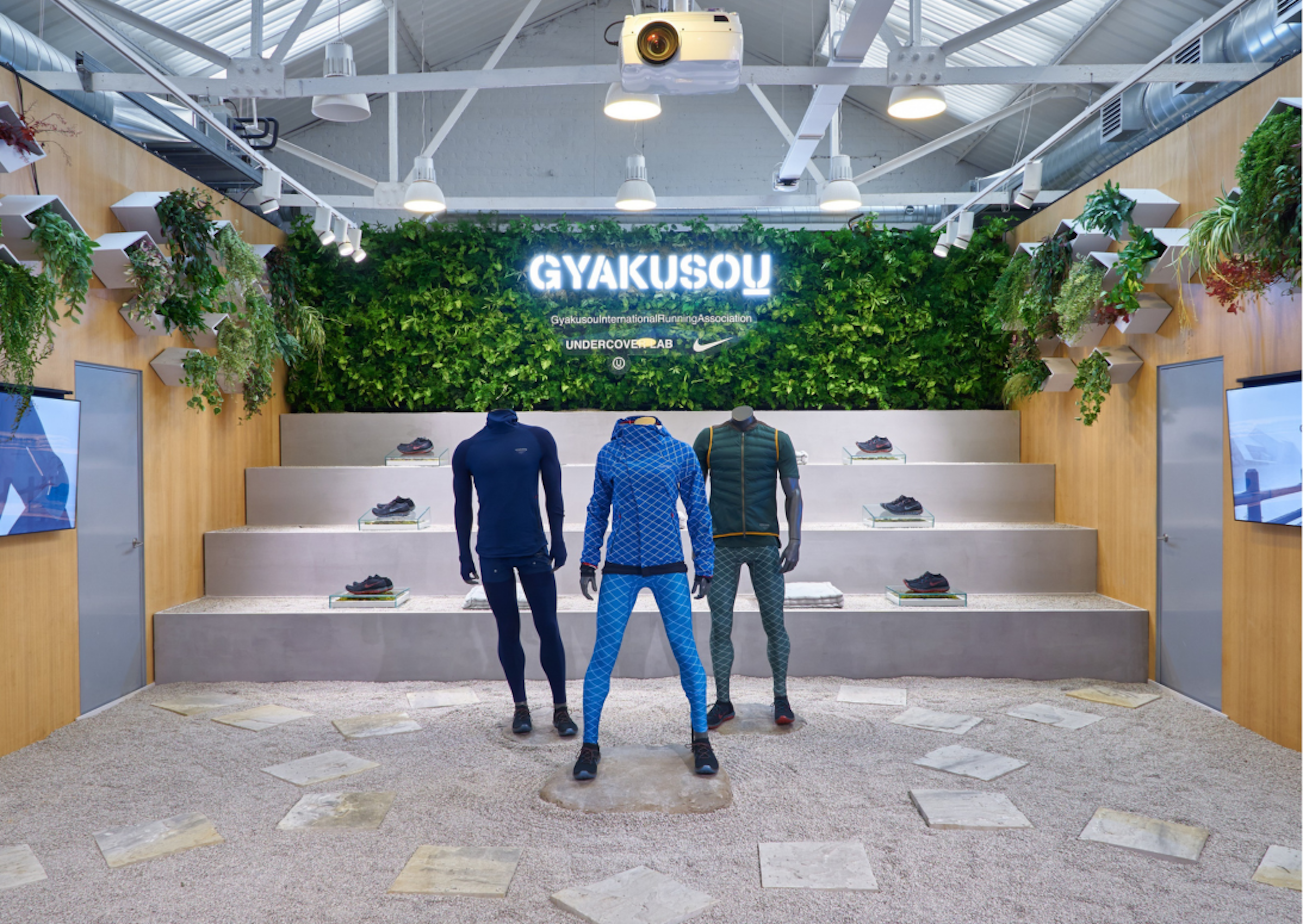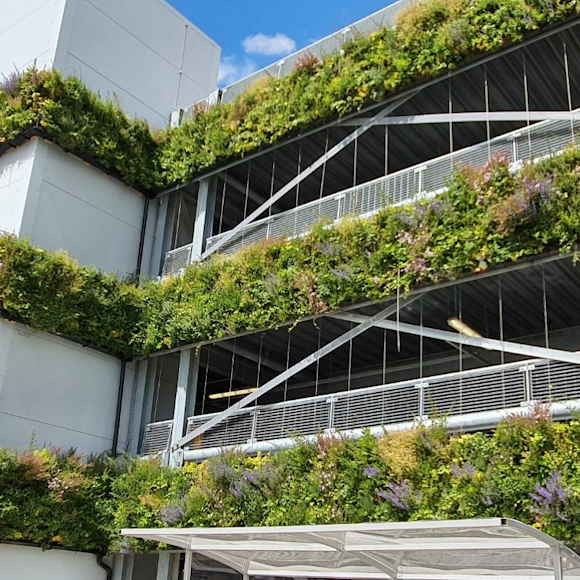With online shopping dominating the retail market, and shoppers no longer needing (or often wanting) to leave their homes to buy the latest goods, shop owners are looking for new ways to entice people back in-store to make purchases.
This has implemented a huge shift in the way commercial buildings are designed, with more emphasis on customer experience over hard selling.
By creating a welcoming and engaging environment, stores can provide customers with a unique and memorable shopping experience that cannot be replicated online, which in turn will help to build customer loyalty and drive repeat business.
But how can this be achieved?
In this article, we will explore how biophilic design is making its way into the world of retail, and the impact it is having on customer experience.
What is Biophilic Design?
Biophilic design is an approach to architecture and interior design that seeks to connect people with nature by incorporating natural elements such as plants, water features, and natural lighting into the built environment.
It is based on the idea that humans have an innate need to connect with nature and that this connection can have numerous benefits for health, well-being, and productivity.
Biophilic Design: Living Walls
An example of biophilic design is living walls, also known as green walls. These vertical gardens can be installed on the exterior or interior of buildings, and boast a variety of environmental, social, and structural benefits.
Biophilic Design in Commercial Settings
As discussed in last week’s episode of Interior Design Masters, high street retail is now competing with the online world, meaning it is more important than ever for stores to place a high priority on customer experience when designing their space.
Biophilic design elements such as interior living walls are a great way to create a positive customer experience, and also provide the added benefit of improved health and well-being, and environmental gains.
Below, we have listed the top benefits of incorporating biophilic design into commercial and retail settings for customer experience:
1: Biophilic Design Creates Welcoming and Inviting Spaces, Encouraging Longer Dwell Times, and Increased Sales
It is a well-known fact that humans have an innate connection to nature and are naturally attracted to natural spaces. In fact, a survey by ASID found that 70% of consumers believe that the presence of natural elements such as daylight and plant life would positively impact their decision to shop at a particular store.
In addition to this, Human Spaces found that a further 79% of people expressed feeling happier and more relaxed in spaces that incorporate biophilic design elements.
Natural elements such as plants, natural light, and water features, evoke feelings of relaxation and calmness which can reduce stress levels and make shoppers feel more at ease. This can be particularly beneficial for stores located in busy shopping centres or high streets, as it can create a calm and safe space away from the hustle and bustle, which shoppers feel they can ‘escape’ to.
With shopping behaviours largely influenced by emotion, ensuring consumers feel happy and relaxed in store can have a huge impact on whether or not they will purchase goods. When shoppers feel stressed, rushed, or uncomfortable, they may be more likely to leave the store quickly or make impulsive purchases without much thought. This can lead to lower customer satisfaction and reduced loyalty.
Creating a welcoming and calming shopping environment through biophilic design can positively influence shoppers' emotional state and lead to increased engagement, longer browsing time, and ultimately, increased sales.

2: Biophilic Design Enhances Brand Image and Reputation
The best way to improve brand image is by making it memorable. Incorporating biophilic design elements can set a brand apart from competitors by creating a unique and memorable shopping experience. By using natural elements such as plants, wood elements, and natural light in a retail space can create a sense of connection to the natural world that is distinct from traditional shopping environments. This can make a brand more memorable and recognizable to customers, which can lead to increased loyalty and positive word-of-mouth.
Biophilic design such as natural living walls, allows businesses to not only differentiate the store from competitors and increase brand recognition and loyalty, but also showcase commitment to environmental responsibility and social consciousness. This can resonate with consumers who prioritise sustainability when making purchasing decisions.
Placing sustainability, and customer experience first, can position brands as responsible and thoughtful leaders in the market, and demonstrate a commitment to pushing the boundaries of traditional design practices. This can help brands stand out in a crowded marketplace and enhance their reputation as forward-thinking and innovative companies.

Biophilic design through Living walls and roofs from Viritopia
Are you in the early stages of development? Are you looking to capitalise on environmental assets? Are you interested in learning more about living walls? Then look no further. Our team at Viritopia has you covered.
Viritopia has over 20 years of experience designing and maintaining biophilic infrastructure to create a detailed analysis of how a scheme will meet regulatory requirements. We help with a faster planning process and provide you with what’s needed to take your project to the next level. Head to our site to book a living wall consultancy or explore more about our green walls and their benefits.


